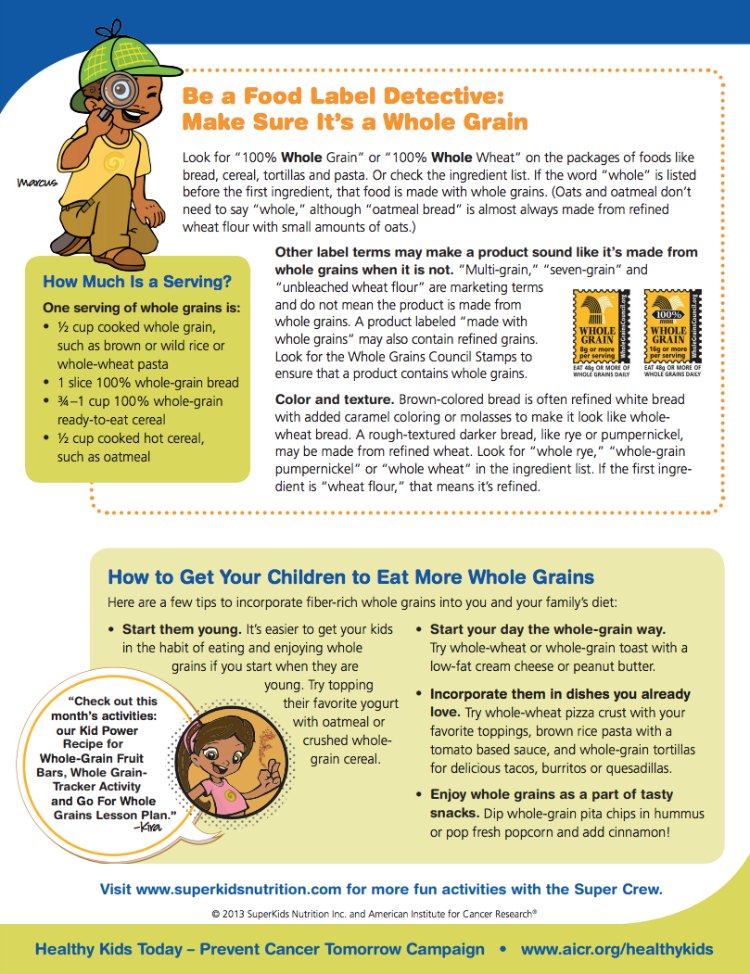
Learn how to feed your infant and toddler with good nutrition! Follow these guidelines to include all of the food groups at meal times.
At about 6 months, when the feeding adventure begins, some moms find out that the transition to solid foods is a lot trickier than they thought. While commercial baby foods can be a healthy choice, there is a wide array of table foods that are easy to prepare for your baby. Your baby is like an unpainted canvas. You are in charge of the color palette that appears. Just as it takes time to create a beautiful picture, it takes time for children to adapt to new and different tastes.
This post contains an affiliate link. As an Amazon Associate, we earn from qualifying purchases. The link is noted with an asterisk (*) or Amazon image.
General Guidelines
- Choose foods that promote good health in both the short and long-term such as plain yogurt (for children under 2 years old use 4% milkfat also known as “whole milk yogurt”), an array of fruits and vegetables in different colors; herbs, protein, and whole grains.
- Be patient and creative. It can take up to 15 exposures to a new food before a child accepts it.
- Always check the temperature of your baby’s food before you serve them. Microwaved foods can develop “hot spots,” so be sure to stir and check.
A Closer Look at the Best Food Choices
Dairy:
Whole milk yogurt is a great source of calcium, calories, and protein. I recommend waiting until 8 to 10 months to introduce cows milk yogurt. Choose organic or milk rGBH free. Save money by skipping the sweetened individually packaged baby yogurts and choose a big tub of whole milk plain yogurt. If your baby doesn’t like the slightly sour taste try one of these methods:
- Add some baby fruit, apple butter* (be sure to date it when opening it), mashed banana, pureed fresh or frozen fruit mashed and heated or one of the new varieties of flavored apple sauces without sugar. At first, try it plain. Then if not accepted add just a teaspoon of fruit. You baby may only need it slightly sweetened, and this will help her enjoy other tastes aside from sweet ones. Add a tiny dash of cinnamon for its antioxidant properties.
- For younger babies, thicken yogurt a little with baby cereal. It will stay on the baby spoon easier and provides a familiar texture. Although the iron from the cereal and the calcium from the yogurt may compete in the body, it is okay as long as they are getting calcium and iron sources during other meals.
- When packing yogurt as a snack, try using the reusable BPA-free half-cup plastic containers for the right portion size.
*Apple butter is cooked condensed apples and is very sweet. Use within 7-10 days of opening.
Protein:
High protein foods are needed for growth and development. Protein foods such as meat, chicken, fish, tofu, and eggs can be introduced early. The introduction of eggs and peanuts at 4 to 6 months may reduce the risk of developing an allergy to these foods. Some parents are concerned when their baby does not accept high protein foods. However, parents should keep in mind that breast milk, formula, and yogurt are all good sources of protein.
- Try mixing a mashed up a hard-boiled egg with baby food vegetables such as peas or spinach or avocado.
- Many adult dishes such as fish with mango salsa or orange chicken salad combine meat with the sweet taste of fruit. Try the same with your child by mixing egg or chicken with baby fruit. Do not be limited by what you think food should look or taste like. See these family dishes your baby will enjoy too!
- Making Chicken Parmesan for the family? Consider using dark meat for your baby’s portions. Once it’s cooked and cooled off in the refrigerator, chop it in a food processor or use a baby grinder until it’s finely textured. We like the Kitchen Basics Grinder*, which you can use for a variety of foods. Freeze 1-2 tablespoon portions of the chopped meat with a teaspoon of extra sauce as individual portions in either plastic freezer bags, tiny BPA-free plastic containers, or a tightly covered ice cube tray.
- Make a baby meal by reheating the meat in the microwave and mixing it with some whole milk ricotta cheese and whole-grain pasta such as spelt or quinoa pasta.
- Tofu is an excellent source of protein and contains all the amino acids as meat. If your baby doesn’t like it as finger food at mealtime, mix it with a vegetable, lasagna, a smoothie or cook it in olive oil.
- Check out this quinoa and chicken baby food recipe.
**Early research shows that introducing allergens like nuts at a younger age may be protective of a food allergy, but ask your doctor before introducing allergens to your child, especially if you have a family history of allergies or other risk factors like eczema.
Grains:
Grains contain carbohydrates, a great source of energy for your ever-growing baby. 
- Experiment with whole grains other than the common whole wheat, whole oats, and brown rice. Try spelt, quinoa, buckwheat, amaranth, millet or Kamut pasta, bread or grain. Toddlers like to dip and mix their foods. Try having a healthy homemade salad dressing (high in the good fats and low in sugar) as a flavorful dipping sauce for their pasta. Hummus can make a great dip for pasta too. You’ll find it fun to watch them rub their food in it before eating.
- You can buy and cook quinoa in your rice cooker. Rinse the quinoa before cooking or buy pre-rinsed varieties. A flour sifter can be used to rinse this tiny grain. Quickly toast the quinoa for 1-3 minutes with a little bit of oil on the stovetop before adding to the rice cooker. Toasting until golden brown removes the somewhat bitter taste of untoasted quinoa. Use double the amount of olive oil listed on the package for babies who need extra calories. Serve it by itself, with minced cheese, rinsed olives or chopped avocado. Or purchase a ready-made quinoa mix like, “Seeds of Change” a brand that is quick and easy to make. It comes with herbal packets that you can mix in for added flavor.
- Learn more on grains, with our free whole grain kit for kids and families.
Fat:
Fat is essential for growth and development and a good source of calories for your child.
- When cooking, use healthy fats that provide essential nutrients such as olive oil or organic canola oil. Avocados are also a healthy choice. Your baby will like the fact that he or she can pick the slices up with his or her fingers. Cut the avocado into small slices and freeze in baby-sized portions. Thaw the night before. For toddlers, make an avocado bowl. Cut the avocado in half and have your child scoop it out of its natural bowl.
- Try soft, easy-to-chew cheese such as string cheese or mozzarella. If you baby’s physician or dietitians stated they need to gain weight, try Havarti or Gouda cheese. If your child doesn’t eat small pieces of these foods as finger foods, try mixing them with other foods your child likes. For example, melt small pieces of gouda into pasta and serve with a healthy homemade sauce or heart-healthy salad dressing.
- Remember to think about non-traditional food combinations. See what your child likes and then try adding this food to his/her favorite dish.
- For portion sizes and feeding guidelines, see Introduction to Solids Guidelines.
Updated 1/2017












